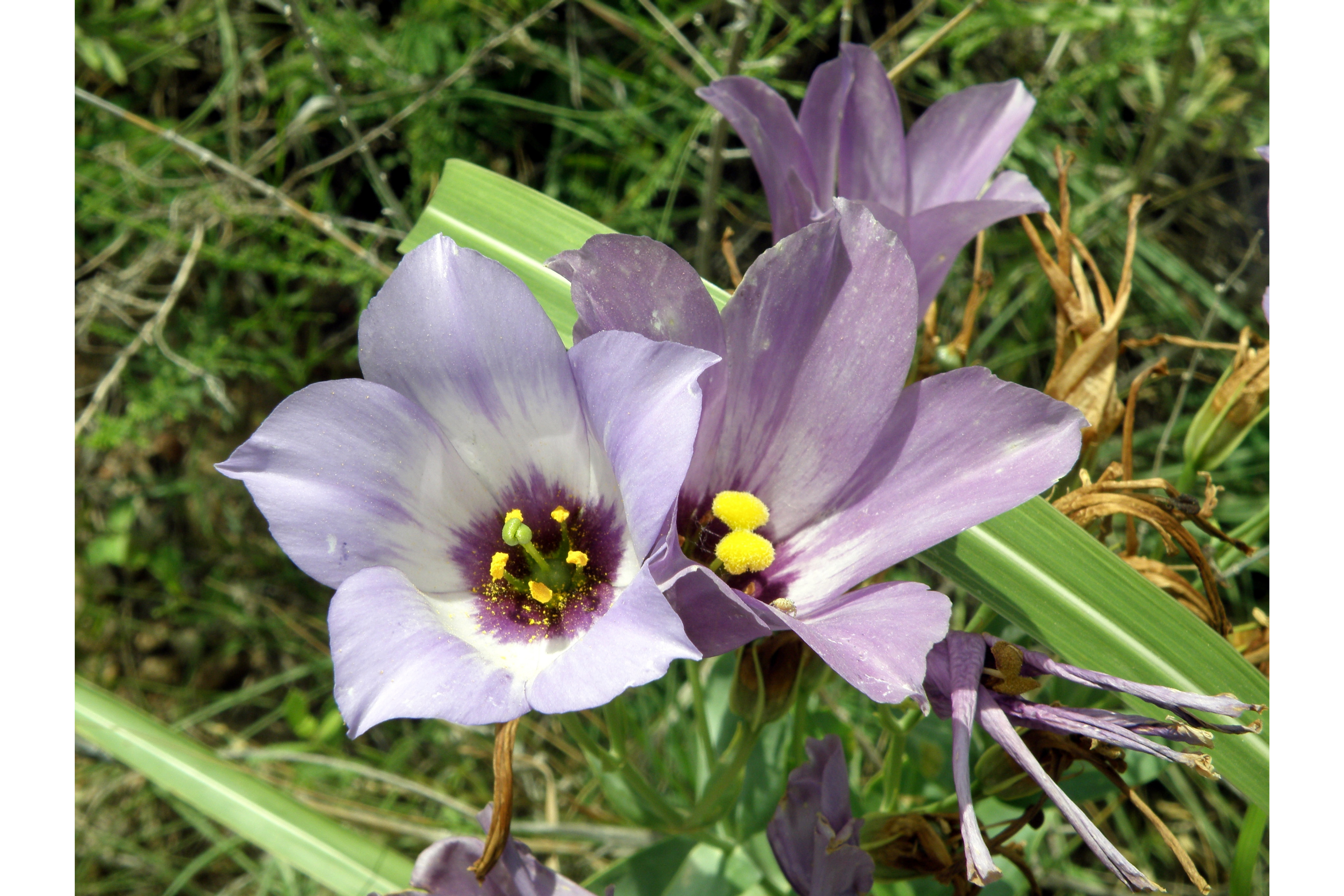Texas bluebells
(Eustoma exaltatum)

Description
Eustoma exaltatum, commonly known as Texas bluebells or lisianthus, is a herbaceous flowering plant native to the southern United States, Mexico, Central America, and northern South America. The genus Eustoma belongs to the family Gentianaceae and includes around three species. This article focuses on Eustoma exaltatum, which is the most commonly cultivated species and has become popular as a cut flower due to its attractive appearance. Description Eustoma exaltatum is a perennial herb that can grow up to 1.5 meters tall. The plant has a single, erect stem that is usually unbranched, and its leaves are simple, lanceolate, and arranged alternately along the stem. The flowers are large and showy, with five petals that form a bell-shaped tube. The petals can be white, pink, purple, or blue and have a yellow or greenish-yellow center. The fruits are small, oval-shaped capsules that contain many tiny seeds. Habitat and Range Eustoma exaltatum is native to open areas and meadows in the southern United States, Mexico, Central America, and northern South America. In the United States, it is found in the states of Texas, Oklahoma, Arkansas, Louisiana, and Mississippi. The plant prefers well-drained soils and grows best in full sun or partial shade. It is often found growing in association with other prairie grasses and wildflowers. Cultivation Eustoma exaltatum is a popular ornamental plant that is often grown as an annual in gardens and as a cut flower. The plant prefers well-drained soils and full sun or partial shade. It can be propagated by seeds, which should be sown in the spring after the last frost or in the fall. The seeds should be planted 1/8 to 1/4 inch deep and spaced 6 to 8 inches apart. The plant can also be propagated by stem cuttings taken in the spring or early summer. Care Eustoma exaltatum is a relatively low-maintenance plant that requires moderate watering and fertilization. The soil should be kept moist but not waterlogged, and the plant should be fertilized every two to three weeks during the growing season. The plant should be deadheaded regularly to encourage more blooms and prevent seed formation. Pests and Diseases Eustoma exaltatum is generally resistant to pests and diseases, but it can be susceptible to aphids, spider mites, and powdery mildew. Aphids and spider mites can be controlled with insecticidal soap or horticultural oil, while powdery mildew can be prevented by ensuring adequate air circulation around the plant. Uses Eustoma exaltatum is commonly used as a cut flower in floral arrangements due to its large, showy blooms and long vase life. The flowers can also be dried and used in wreaths and other decorative crafts. The plant is also sometimes used in traditional medicine to treat a variety of ailments, including fevers, headaches, and stomachaches. Conclusion Eustoma exaltatum, or Texas bluebells, is a beautiful and versatile plant that is well-suited for gardens and floral arrangements. With proper care and attention, it can thrive in a variety of growing conditions and provide many years of enjoyment.
Taxonomic tree:







